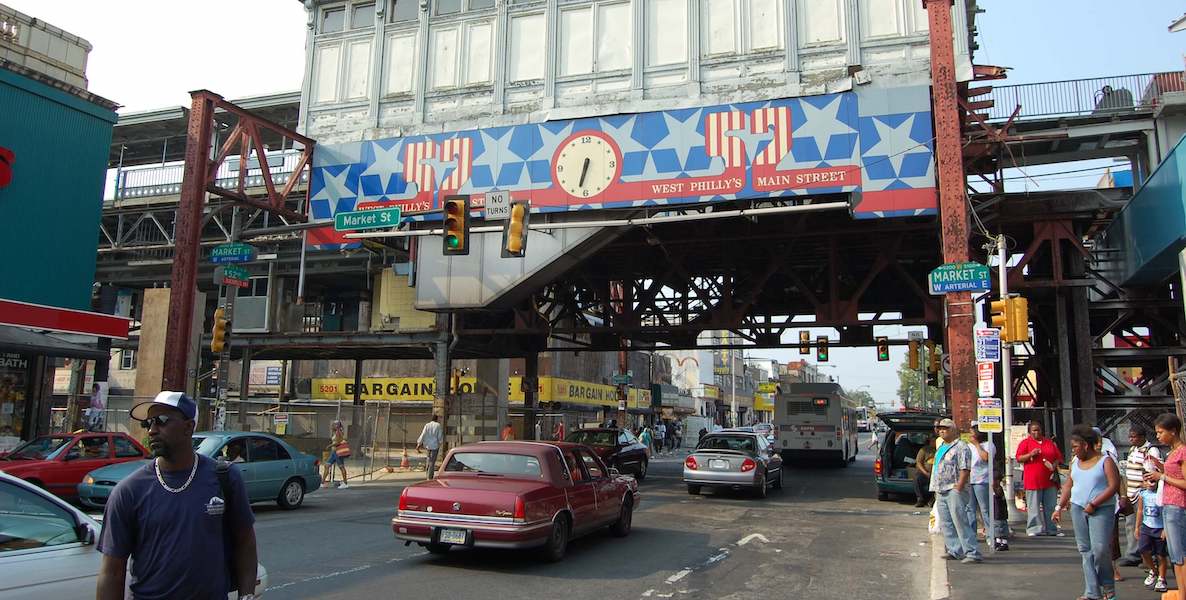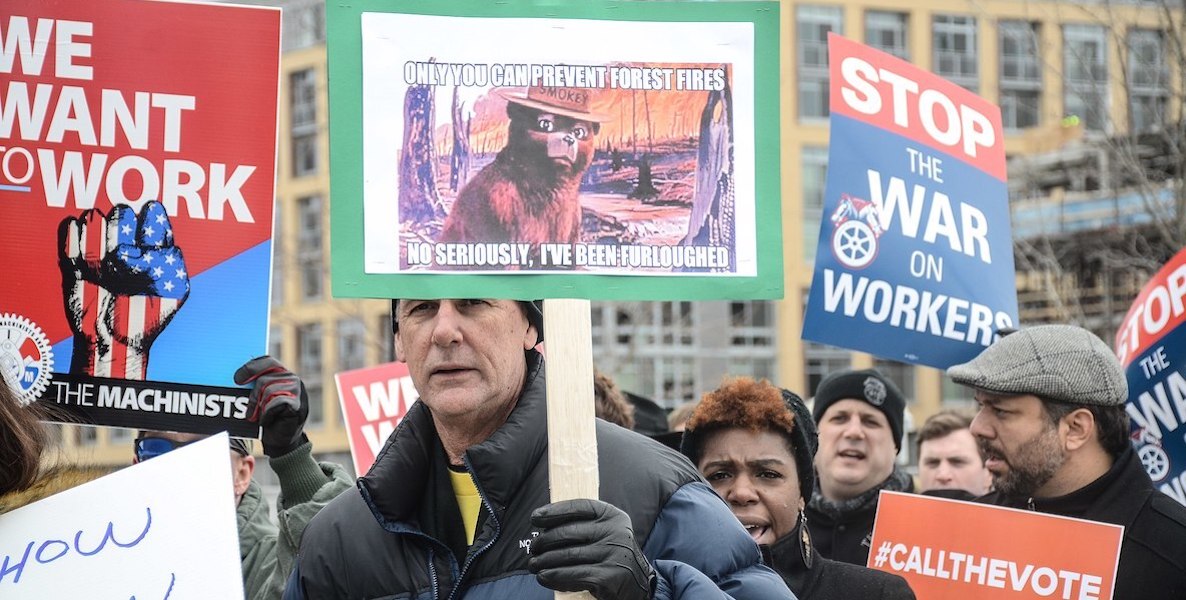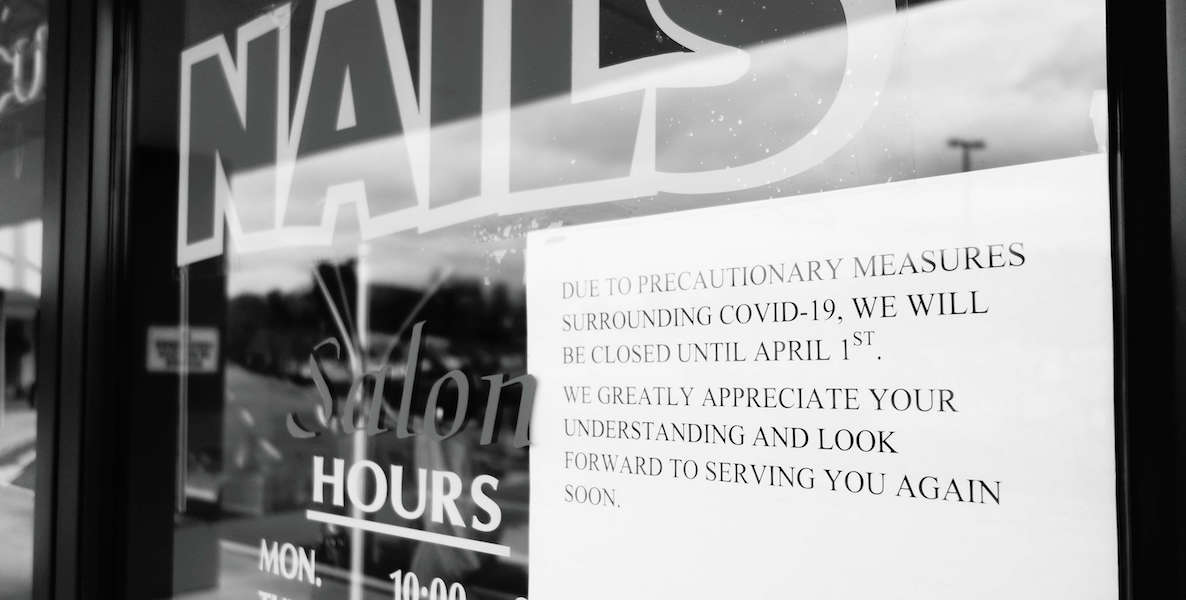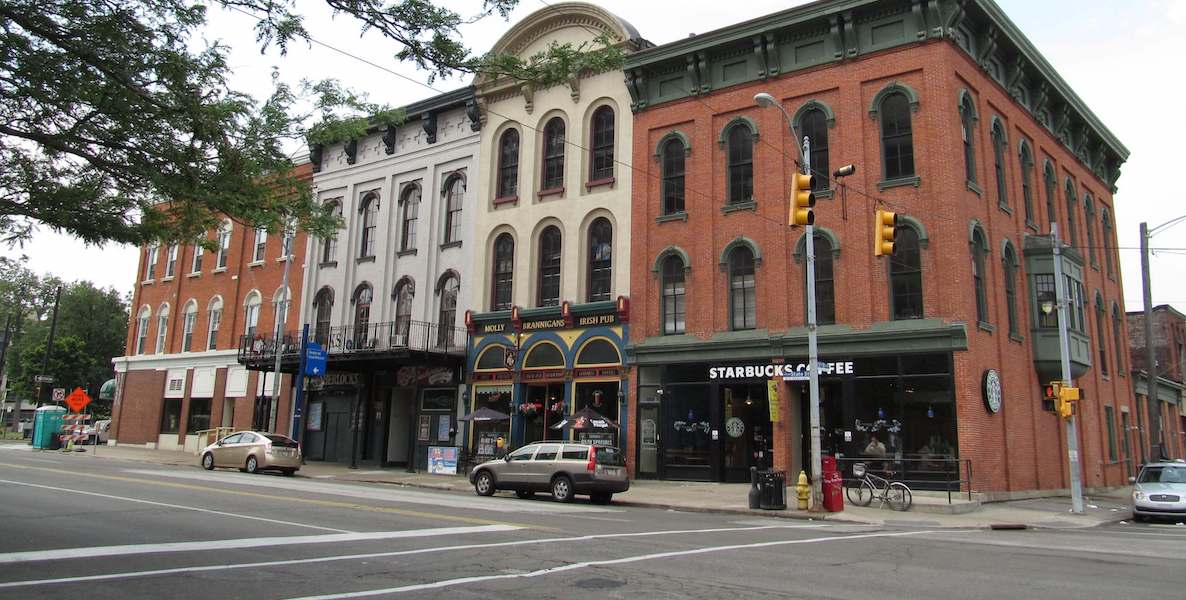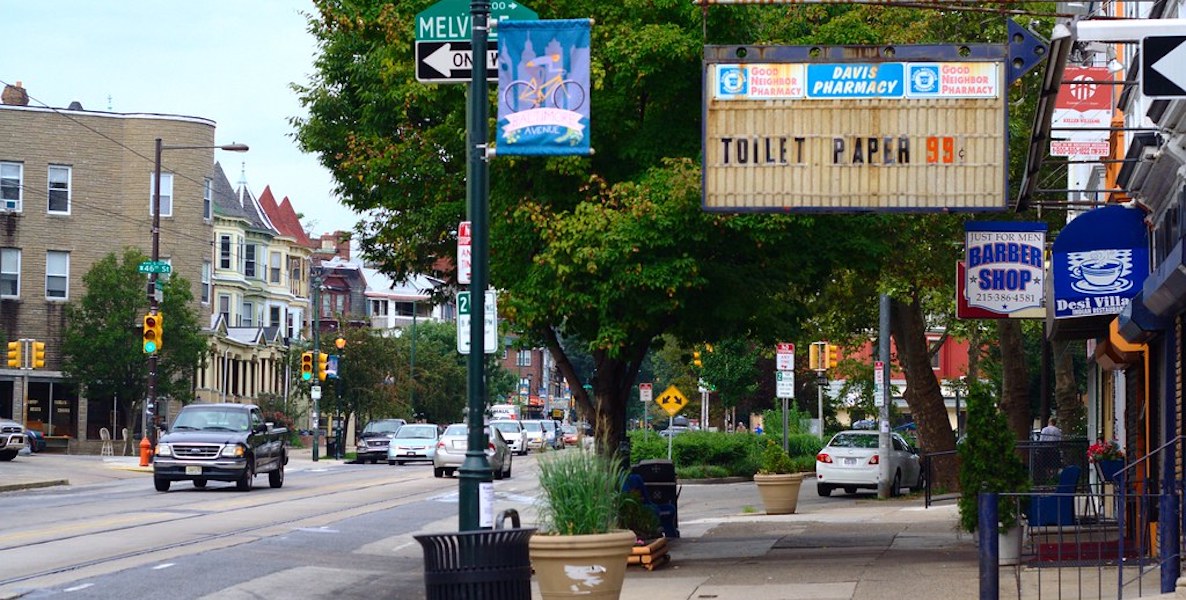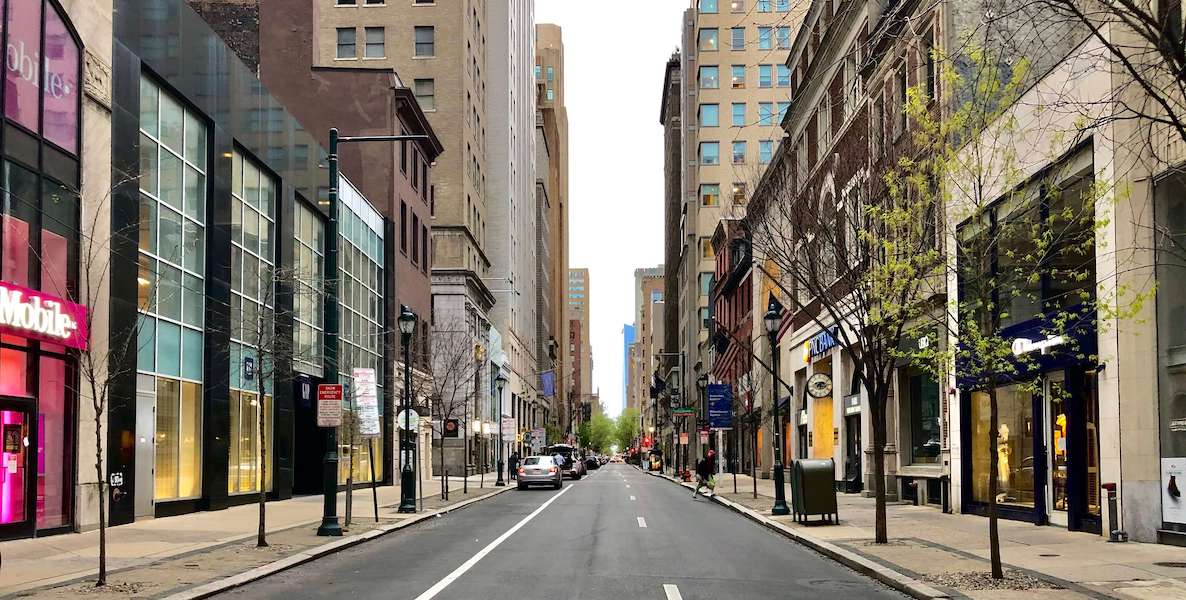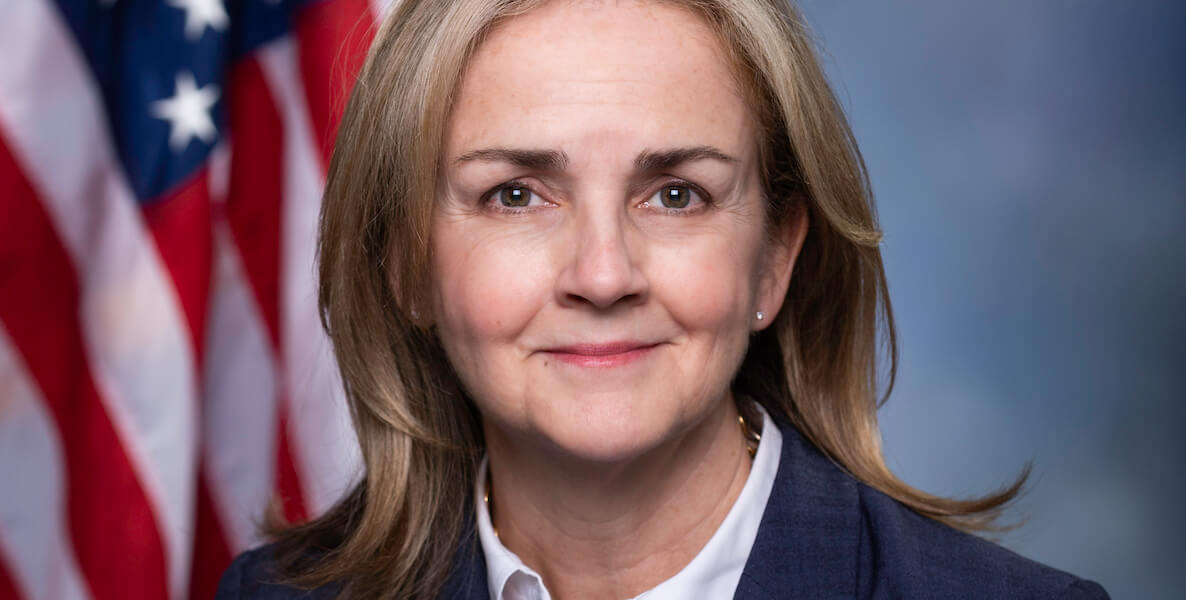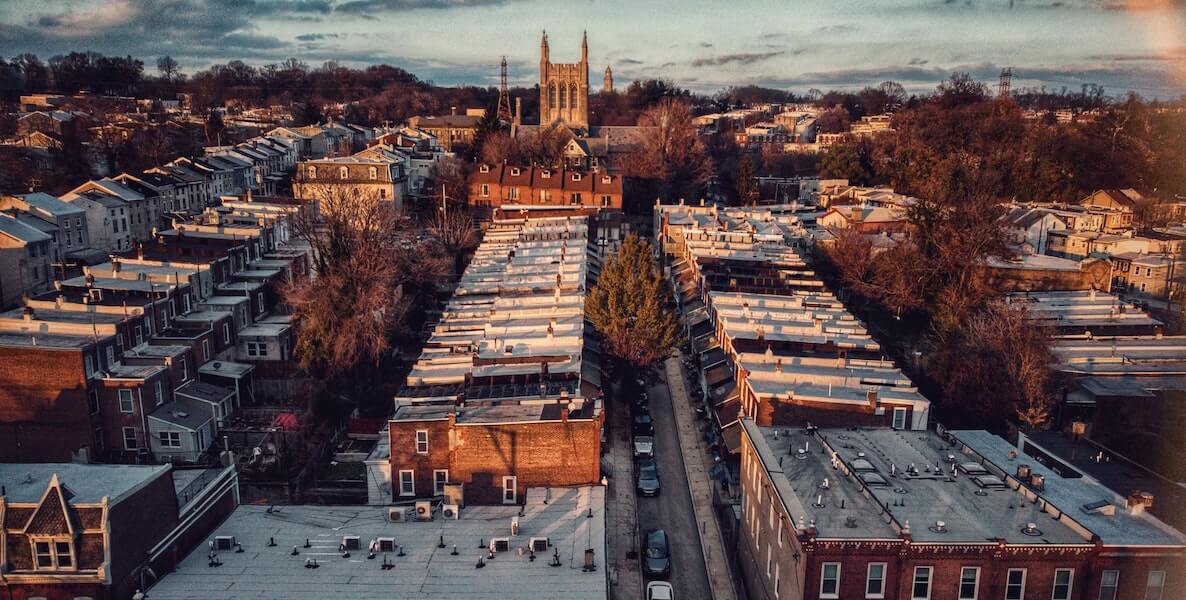As the demand for re-opening the economy takes hold, we must now think about how this will play out on the ground, particularly in those places—our downtowns and central business districts—that form the cores of our cities and metropolitan areas.
Central business districts are not only centers of commerce but also hubs of cultural and civic life. Visible signs of revival in these places will go a long way towards accelerating the restoration of public and consumer confidence. By contrast, the persistent presence of empty streets and shuttered shops—buildings intact, but little life within them and few “feet on the street”—will retard the broader revival.
Be Part of the Solution
Become a Citizen member.A focus on downtowns forces us to expand the current federal focus on governments and sectors (e.g., hospitality) or small businesses and individual workers to the places where all of these disparate parts of our economy come together. This sharpens the mind in several respects:
![]() First, it reinforces the harsh reality that reopening the economy will have an unprecedented rhythm and cadence; rather than being a quick bounce back (a simple “flipping of the switch”), it will be slow and sequenced, reflecting the disparate uses and purposes which downtowns represent.
First, it reinforces the harsh reality that reopening the economy will have an unprecedented rhythm and cadence; rather than being a quick bounce back (a simple “flipping of the switch”), it will be slow and sequenced, reflecting the disparate uses and purposes which downtowns represent.
Second, it raises the prospects of accelerating positive trends (e.g., digitalization, downtown living, traffic calming, walking/biking activity) that were already present before the crisis but could now become broad norms.
Finally, it demands intentional and purposeful action that harnesses powers and resources from all levels of government and the private and civic sectors in the service of clear and bold visions.
The Complexity of Downtowns
In many respects, downtowns are the most complex and varied of sub-geographies within cities and metropolitan areas. They are government hubs, both for the general-purpose functions of cities, municipalities, and counties and special functions like courts and public authorities (e.g., stadia, convention center).
They are entertainment hubs, housing sports arenas, event halls, theaters and cinemas, often along or near waterfronts.
They are transportation hubs, given the historic location of rail stations, intermodal facilities, parking garages and, more recently, charging stations.
They perform particular economic functions given the common locations of headquarters for financial institutions, law firms and other professional service companies; co-working spaces (and incubators and accelerators) that support and service start-ups and the gig economy; hospitality establishments, including hotels, restaurants, bars and coffee shops; and increasingly, multi-family housing.
The reopening of our communities will be more difficult and more prolonged than commonly understood.
They are often the historic locations of anchor institutions—community colleges and major nonprofit organizations like philanthropies and service providers—and, in many small cities in particular, are a walk or bicycle ride away from hospitals and universities.
Given this variety of uses, it is only natural that the re-opening of downtowns will occur in stages.
Residential and office uses—for government, private firms and civic institutions![]() —will be the first to come back, although at a radically reduced scale. These office uses will create positive (but small) demand for small businesses that provide support functions, ranging from cleaning services to food and beverages.
—will be the first to come back, although at a radically reduced scale. These office uses will create positive (but small) demand for small businesses that provide support functions, ranging from cleaning services to food and beverages.
But the return of these and other sectors at scale will either be delayed (e.g., because many small businesses have failed) or substantially diminished (e.g., because health protocols and general concern about health safety circumscribe public gatherings in sports stadia or limit the number of people in restaurants and bars).
A Roadmap for Action
The centrality of central business districts to city and metro economies and civic life requires strategic thinking and purposeful action if broader economic revival is to be hastened.
Inspiring confidence around public health and security is obviously at the core of this and will require clear and consistent guidance, stemming from public health professionals and a much higher level of coordination between federal, state and local governments than has occurred to date. Getting such guidance and coordination will depend on the interplay of continued health impacts and shifting politics more than anything else.
Yet five other steps should be considered:
First, cities must redesign downtowns for people, through strategic investments in our shared physical infrastructure. The health crisis and subsequent economic downturn(s), despite various efforts to stabilize the economy, will inevitably lead to downsizing and restructuring of business activity in the near to intermediate turn. As a consequence, there will be an increase in building vacancies and a decreased use of public infrastructure such as roads.
This presents an outstanding opportunity to experiment and explore new uses of existing space. During the months or years of decreased activity, could an empty storefront be used—temporarily—for a different kind of activity? Could a road be closed to cars—temporarily—to see what the benefits and problems might be for pedestrian plazas, bicycle paths or other activities?
At a time of underutilization, improvised temporary programming presents less cost, risk, and political capital than they might during periods of “normalcy”. It also includes everyone in the process through direct experience of a potential future.
Urban experimentation was put to great use in 2009 when New York City temporarily turned Times Square into a pedestrian plaza with paint and lawn chairs (in the midst of the Great Financial Crisis). That experiment provided essential data for planners and public support to make the plaza permanent and develop similar projects all over the city.
Visible signs of revival in central business districts will go a long way towards accelerating the restoration of public and consumer confidence.
As the then-NYC Transportation Commissioner Janette Sadik-Khan said, “The proof is not in a computer model, but in the real-world performance of a street.” This crisis can be an opportunity for cities to explore potential futures real time, engage the public and private sectors, and test improvised concepts long before any formal plan could be approved, much less funded. All of this, of course, could be supported by federal infrastructure investments, if and when they occur.
Some of this is already happening. Milan recently announced that 22 miles of streets will be transformed to support a dramatic expansion in walking and cycling. Long term planning has now been compressed to meet the new normal.
As Pierfrancesco Maran, a deputy mayor, said “I think in the next month in Milan, in Italy, in Europe, we will decide part of our future for the next decade. Before, we were planning for 2030; now the new phase, we are calling it 2020. Instead of thinking about the future, we have to think about the present.”
Second, cities must make downtowns centers of educational progress, via strategic investments in crucial human capital. A central challenge for downtowns will be how to bring vibrancy to even more vacant buildings.
![]() Cities that have valuable community and technical schools inside their downtown limits have a unique opportunity. History teaches us that recessions lead to a surge in community college students and participants in workforce development programs. This will force change and create opportunities for converting and re-using existing commercial real estate for educational purposes. This too will require federal support, perhaps delivered through new student vouchers or stipends that can support millions of people otherwise out of work.
Cities that have valuable community and technical schools inside their downtown limits have a unique opportunity. History teaches us that recessions lead to a surge in community college students and participants in workforce development programs. This will force change and create opportunities for converting and re-using existing commercial real estate for educational purposes. This too will require federal support, perhaps delivered through new student vouchers or stipends that can support millions of people otherwise out of work.
Many community colleges, in addition, have understandably not been expected to consider the necessity of on (or near) campus housing. This may also change during the next few years and will require new partnerships with private and nonprofit housing developers. This will have the additional benefit of addressing the need for affordable housing in our metros.
Third, cities must accelerate digitalization within our downtowns and make them the most technologically enabled and connected. Now more than ever, downtowns must be hubs of high-speed connectivity. Digital is a requirement for future prosperity. Chattanooga, Tennessee’s revival in the past decade is partly due to its thoughtful strategic use of federal reinvestment and recovery funds, through their public utility, for metro-wide, high speed internet coverage.
This is one of the most important infrastructure improvements—if not the most important—to make in the near aftermath of the crisis. We must do it.
“Before, we were planning for 2030; now the new phase, we are calling it 2020,” said Pierfrancesco Maran, Milan Deputy Mayor. “Instead of thinking about the future, we have to think about the present.”
Such investments will convert the current digital divide, which reduces the opportunities of people and small businesses, to a digital dividend. The dividend could have its largest immediate impact in downtowns, which in cities like Durham, Phoenix and St. Louis were already becoming innovation districts, mash ups of large companies, research institutions, start-ups and scale-ups, incubators and accelerators.
The post crisis period will reward cities that take advantage of product innovation and deployment that leverage the digital age, at the advanced end (think Fin Tech or Health Tech) or basic commerce (think new technology platforms for micro businesses) and connects newly skilled workers to these growth opportunity sectors.
Fourth, cities must use the crisis to quadruple down on transformative projects. Many cities had started but not yet finished major transformative projects before the crisis hit. What were good ideas before the pandemic are absolutely imperative for our post Covid-19 downtowns.
Dayton Ohio, for example, was on the verge of bringing the city’s central historic icon, the Dayton Arcade, back to life. Over nine buildings and nearly a full city block, the Dayton Arcade (originally built between 1902 and 1904) was poised to be the mixed-use center of the downtown with bold plans for residential housing, a shared use commercial kitchen, an art hub, a community event space, and an Innovation Hub anchored by the University of Dayton and The Entrepreneur Centers.
Prior assumptions about likely tenants, of course, have been upheaved, given the constraints on certain kinds of businesses and the impact of financial losses on developers, investors and businesses alike.
New uses, like the community college hubs imagined above, will need to be considered. New lease terms and ownership mechanisms will need to be created to enable small businesses to re-start as part of collective projects rather than as individual concerns.
And federal tax credit incentives around historic preservation, low income housing and new markets will need to be considerably enhanced to attract new capital investment.
Finally, cities must deploy new rules and tools that align with the realities of post Covid-19 downtowns. Make no mistake: many cities will now contain vacant and derelict properties en masse. The early estimates are as staggering as the graphics about the virus.
Cities should ease or overhaul local regulations to make infill development, adaptive reuse, public spaces and land banking easier for public, private and civic development. Smart zoning, subdivision regulations and lot consolidations are all tools to be considered.
At the same time, certain institutions will become key post-crisis. Public land banks, public asset corporations and other entities that hold public land and buildings will grow in significance. (This might require expedited foreclosure processes for absentee landlords who walk away from properties given lack of demand and revenue).
Private/civic development institutions like Cincinnati’s Center City Development Corporation (“3CDC”) or business improvement districts like Philadelphia’s Center City District and University City District will also play larger roles and need more support, particularly around programming of appropriately designed civic events.
The reopening of our communities will be more difficult and more prolonged than commonly understood. The pain that will be visited upon individuals and communities cannot be minimized. But the recovery, particularly in the cores of our cities and metropolitan areas, can be faster and more inclusive if communities plan with ambition and act with focus. The future of our cities begins now.
Bruce Katz is the director of the new Nowak Metro Finance Lab at Drexel University, created to help cities design new institutions and mechanisms that harness public, private and civic capital for transformative investment. Frances Kern Mennone is director of strategic partnerships at Cross Street Partners. Gunnar Branson is CEO of AFIRE.
Photo courtesy Katherine Rapin


